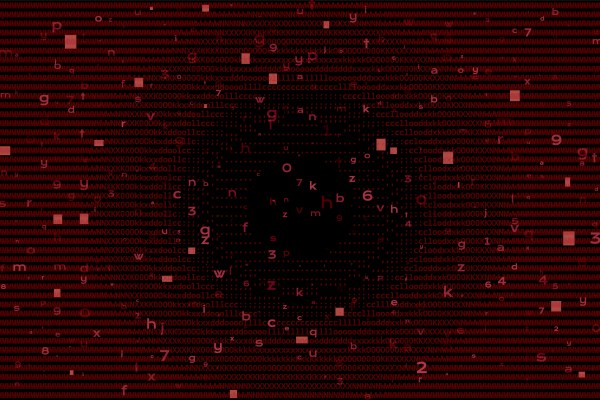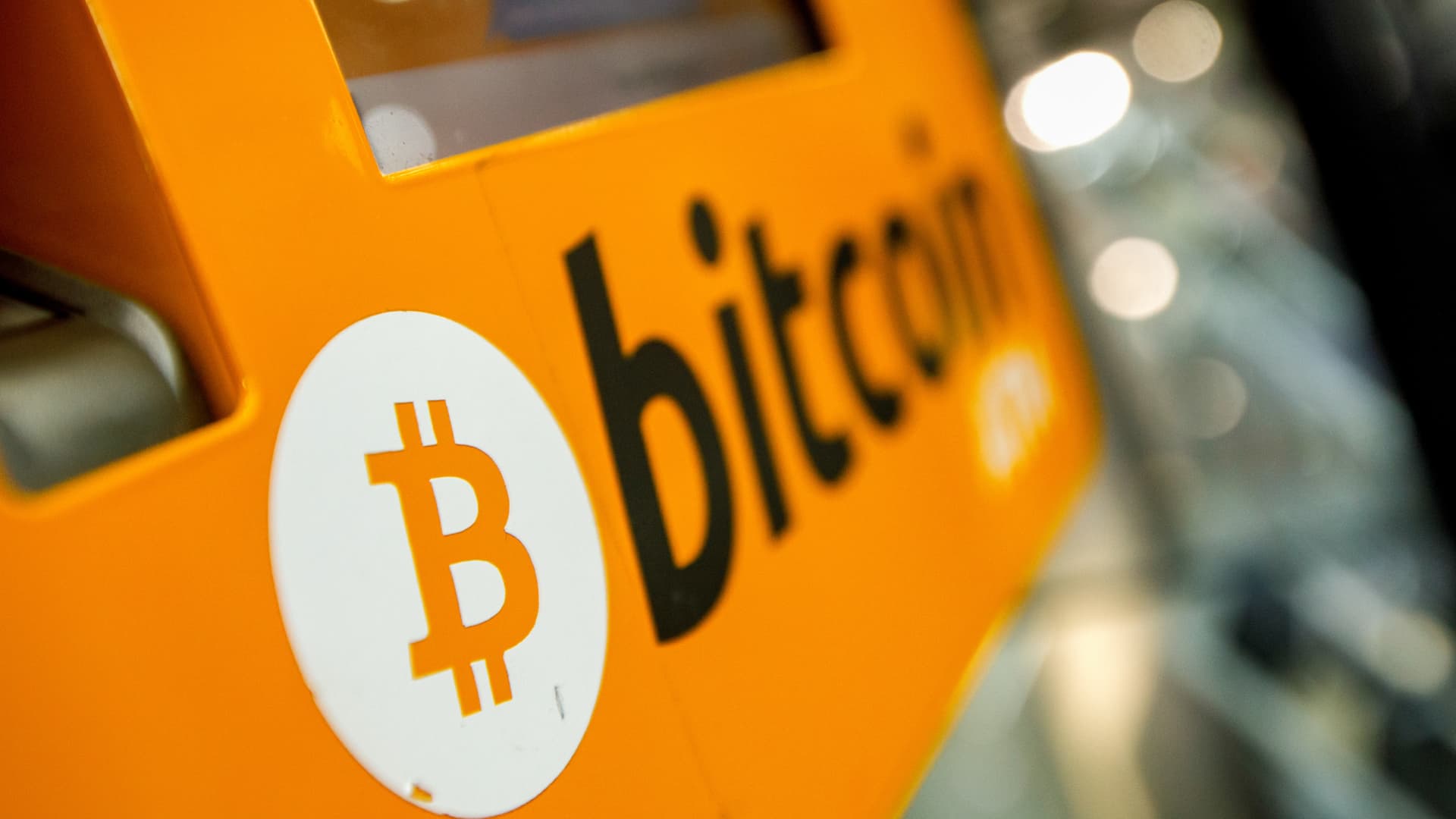Twitter shut off its internal Slack, and now ‘everyone is barely working’
Illustration by Kristen Radtke / The Verge; Getty ImagesToday, let’s check in on Elon Musk’s Twitter, where sudden software outages and another dubious transparency effort have left the company’s remaining workers more beleaguered than usual. On Wednesday, Twitter employees...
/cdn.vox-cdn.com/uploads/chorus_asset/file/23382328/VRG_Illo_STK022_K_Radtke_Musk_Twitter_Shrug.jpg)
Today, let’s check in on Elon Musk’s Twitter, where sudden software outages and another dubious transparency effort have left the company’s remaining workers more beleaguered than usual.
On Wednesday, Twitter employees had the tech equivalent of a snow day: the company’s Slack instance was down for “routine maintenance,” they were told, and the company was implementing a deployment freeze as a result.
That same day, Jira — a tool Twitter uses to track everything from progress on feature updates to regulatory compliance — also stopped working. With no way to chat and no code to ship, most engineers took the day off.
“There is no such thing as ‘routine maintenance.’ That’s bullshit.”
Jira access was restored on Thursday. But Platformer can now confirm that Slack wasn’t down for “routine maintenance.” “There is no such thing as ‘routine maintenance.’ That’s bullshit,” a current Slack employee told us.
In this as in so many other things, Twitter hasn’t paid its Slack bill. But that’s not why Slack went down: someone at Twitter manually shut off access, we’re told. Platformer was not able to learn the reason prior to publication, though the move suggests Musk may have turned against the communication app — or at least wants to see if Twitter can run without Slack and the expenses associated with it. (Musk’s Tesla uses a Slack competitor called Mattermost for in-house collaboration, and Microsoft Outlook and Teams for email and meetings.)
On Blind, the anonymous workplace chat app, the disappearance of such critical tools was met with a mixture of disbelief, frustration, and (to a lesser extent) glee.
“We didn’t pay our Slack bill,” one employee wrote. “Now everyone is barely working. Penny wise, pound foolish.”
Another worker called the disappearance of Slack the “proverbial final straw.”
“Oddly enough, it’s the Slack deactivation that has pushed me to finally start applying to get out,” they wrote.
For Twitter employees, Slack is more than a way to message colleagues: it’s also a store of institutional memory, preserved in documents that workers have had to rely on more and more since Musk purged thousands of employees since taking over.
“After everyone was gone, I had no one to ask questions when stuck,” an employee who stayed on past the first round of layoffs wrote in Blind. “I used to search for the error [messages] on Slack and got help 99 percent of the time.”
Slack remained down at the company on Thursday. While some employees communicated over email, others essentially took a second day off.
There’s never a good time for a company to lose its primary communication infrastructure. But the loss of Slack is likely to be particularly stressful for employees working on Musk’s latest big idea: open-sourcing the algorithm that ranks tweets in the timeline.
On Monday, Musk announced (by replying to a random account, naturally) that Twitter plans to open source its algorithm next week. “Prepare to be disappointed at first when our algorithm is made open source next week, but it will improve rapidly!” he wrote.
It’s unclear whether Twitter will actually hit that deadline — Musk seems to announce a new thing coming “next week” all the time, and often those deadlines pass and whatever feature was allegedly coming is never heard of again. (Remember the feature that would tell you if you’re shadowbanned? Or improvements to the search function? Or the content moderation council? Or letting creators charge for video?)
Still, we’re told that some engineers have been tasked with cleaning up the recommendation algorithm in preparation for making it open source. But among employees, many doubt that Musk plans to release the actual code that is currently in production — raising the question of what, if anything, he actually plans to show.
Another of Musk’s ongoing projects is to improve Twitter’s performance. At the end of last year, he claimed progress. “Significant backend server architecture changes rolled out,” he tweeted on December 28th. “Twitter should feel faster.”
In fact, publicly available data indicates that Twitter has been slowly degrading since that month, when it shut down its Sacramento data center. The information comes from Singlepane, a startup whose tool measures latency issues using external signals; the company has been actively monitoring what it describes as a degradation in Twitter’s quality of service.
Twitter has seen increased latency during times when more people are using the service
According to the company’s data, Twitter has seen increased latency — the time between taking an action like refreshing the timeline and seeing new tweets populate in your feed — during times when more people are using the service. Singlepane showed latency spikes during the halftime show of the Super Bowl, for example, and in the aftermath of the recent earthquake in Turkey.
We ran the data by current Twitter engineers, who say it tracks with what they’re seeing internally.
But it’s not only big external events that can cause the platform to become slower or less stable. When a user takes their account private, Twitter’s systems have to go through every single tweet in the account’s history and mark them as private, before making those tweets visible to the private account’s followers.
That can be a data-intensive request for a large account a big lift — like, say, Elon Musk’s. Singlepane’s data show that Twitter experienced significant latency issues when Musk took his account private in early February, as part of his effort to understand why fewer people have been liking his tweets lately. (He figured out a separate fix for that problem just a few days later.)
On top of all the other news, parts of Asia experienced a roughly 20 minute Twitter outage today, we’re told.

 JaneWalter
JaneWalter 































